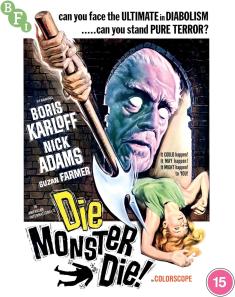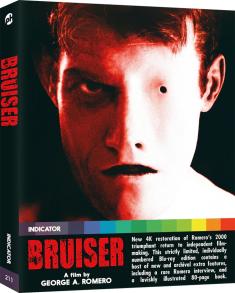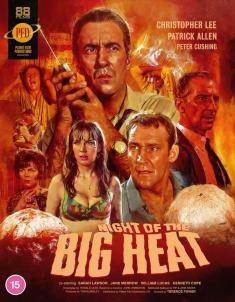Resident Evil: Operation Raccoon City
Overview -
Over the last sixteen years, Capcom has continually attempted to scare and intrigue us with its Resident Evil franchise. Despite being well known for employing zombies as its go-to villain type, the series’ many releases have always had a slight air of wonder to them. Shooting things that go bump in the night is one thing, but the fact that they’re all deformations resulting from biological experiments makes you worry about just how far sects of humanity would ever go to win a conflict. It’s scary stuff, much like the creaking doors, darkened hallways and hideous monsters that the Japanese video game giant has been sending our way for more than a decade and a half. All of those elements feature into Resident Evil: Operation Raccoon City, the first co-op focused franchise release.
Video Review
Before entering into a digital city in chaos, anyone willing to give this game a chance should head directly to its options menu. The brightness tab’s default setting was far too dark to make the campaign’s already low-lit locations playable, but things greatly improved when I adjusted the gamma slider. Being able to see where you’re going while hordes of repetitively modeled zombies spew out of every architectural orifice is incredibly important, especially if becoming infected is something you wish to avoid. Allies who turn into zombies can be revived, but the aforementioned dumb-as-nails A.I. can be thanked for forced retries once solo players get bit by that bug.
Quite a few of Capcom’s previously released bioorganic nightmares made names for themselves by employing jaw-dropping visuals. That isn’t the case here, unfortunately, as Operation Raccoon City’s graphical details can be summed up as being average. It looks decent and runs pretty well, but there’s nothing new to be found in what ends up being a ho-hum return to 1998. Textures tend to look dated, the game’s character models are of mixed quality and each of its familiar faces lack the detailed features fans know and love.
Audio Review
Resulting from its emphasis on team cooperation, Operation Raccoon City loses a lot of the claustrophobic and creepy charm that many of its predecessors had. Sure, you’re still walking through dark areas (some of which are tight, while others are wide open,) but the iconic feeling just isn’t there. Then again, it’s tough to expect the same type of experience from a completely different game. However, there should have been more of a Resident Evil feel than there was within this game’s run time. Superior sound design could have aided that cause greatly, but that department’s work is noticeably pedestrian.
In this outing, bullet and explosive-based effects reign supreme. Enemies will make some noises, but they’re not used to the great extent that we’re accustomed to. You’re not going to fear their hideous designs unless you’re low on health, because much of the featured gameplay essentially boils down to a shooting gallery design. There are a lot of enemies on screen at once, and frame rate issues occasionally pop up. Having so many baddies to deal does away with the series’ charm, replacing it with a soundscape that completely lacks character. Its only notable facet is the use of decent orchestral music, with the main menu’s tune impressing me most.
Each of the available operatives looks to have an individual personality, but they’re unfortunately very dry, as well as ultimately forgettable. There’s some cutscene chatter, as well as occasional in-game dialogue, but those things don’t combine to paint an interesting picture. This is the type of experience that you play and then forget about, knowing that its mediocre storytelling and uninteresting characters don’t actually factor into the canon storyline you know and (possibly) love.
Gamers love team-based and cooperative shooters, but only when they’re done right. With Resident Evil: Operation Raccoon City, Capcom and Slant Six have attempted to capitalize on that market. However, the disc-based result of their effort fails to live up to the quality precedent that was set forth by certain competitors. In the end, this is a mediocre-at-best game. There are some enjoyable aspects to be found, but the truth is that you won’t miss out on much by passing on this release. It could have been so much better.












